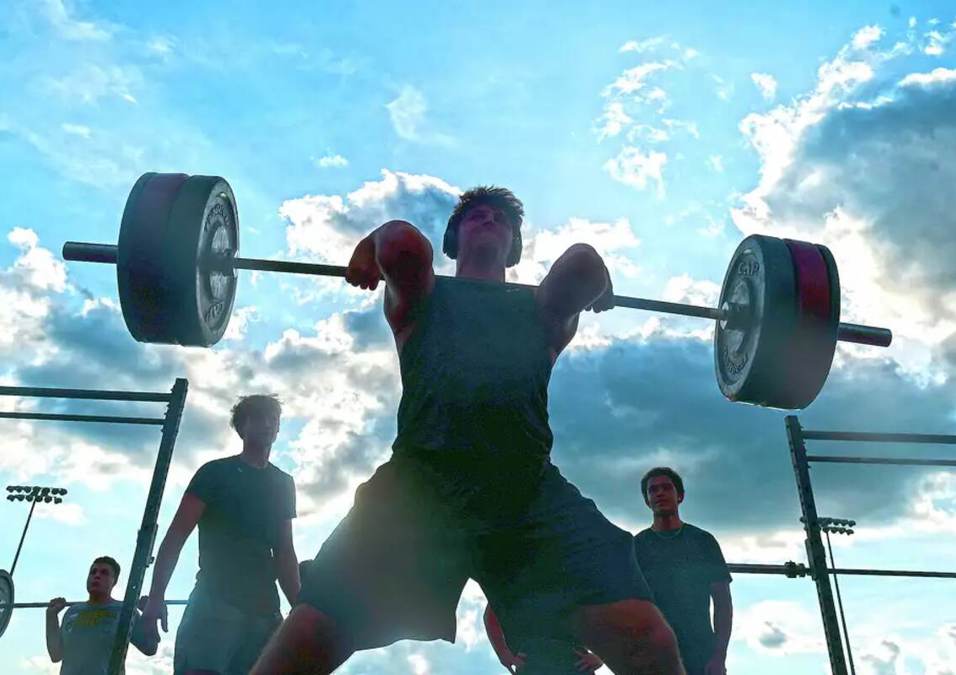Training to Failure: How to Use It

SIGN UP FOR YOUR FREE DAY PASS TODAY!
The saying "no pain, no gain" is often heard in the context of exercise. But how much discomfort is necessary in weight training to see results?
According to fitness experts, it depends on your goals.
Historically, some trainers have advised gym-goers to train "until failure," meaning performing an exercise until they cannot do another repetition.
However, recent research indicates this approach might only be advantageous for certain individuals.
Michael Zourdos, an exercise science and health promotion expert at Florida Atlantic University, co-authored a review of 55 research papers published in Sports Medicine.
He suggests that while training to failure can lead to bigger muscles, it's not essential for building strength.
Zourdos explains that intense workouts without reaching total exhaustion can still enhance health and fitness. He distinguishes between training for health and aiming for peak performance.
For those aiming to boost fitness levels, Zourdos advises working out intensely but stopping five to ten repetitions short of failure.
This is less taxing than reaching complete exhaustion and may prevent skipping subsequent gym sessions due to fatigue and soreness.
In rare cases, overexertion can cause rhabdomyolysis, a condition where muscle breakdown can harm the kidneys.
James Fisher, a sports science consultant from Southampton, England, notes that the idea of working until complete fatigue can deter many people. He emphasizes that efficient gym sessions can be shorter if they are more intense.
Fisher points out that to build strength, muscles must be pushed to a certain threshold. Lifting heavier weights that challenge you by the ninth or tenth repetition can benefit muscle fibers.
Ultimately, Fisher believes the best workout is one that individuals will consistently perform. Strength training is highly recommended for improving health, quality of life, and longevity.
Regardless of fitness objectives, incorporating failure training into workouts can be beneficial.
Fisher advises resting the targeted muscle group for about two days afterward and suggests reserving failure training for occasional workouts or the last set of exercises for experienced individuals.
"This method isn't for everyone or every workout," Fisher concludes, noting that it is a challenging approach to exercise.
Source: myjournalcourier
The opinions shared in the GymNation blog articles are solely those of the respective authors and may not represent the perspectives of GymNation or any member of the GymNation team.
GET YOUR FREE TRIAL TODAY

















































































